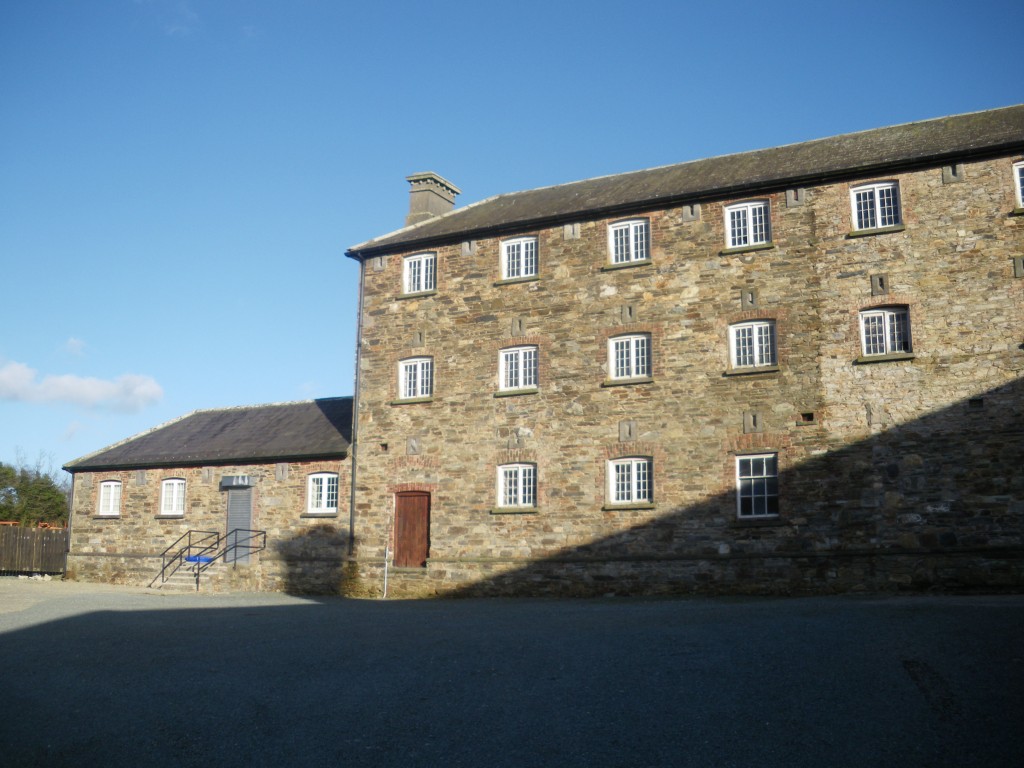 Famine Workhouse
Famine Workhouse
The Irish Workhouse institution was introduced in the 1840s and lasted until the early 1920s as part of the "Act for the Effectual Relief of the Destitute Poor in Ireland." Kilmacthomas was one of the Poor Law Unions created in Ireland between 1848 and 1850. Kilmacthomas was created from the eastern section of the Dungarvan Union and the western section of the Waterford Union and came into existence as Kilmacthomas in 1850.
The workhouse was an institution for families that could no longer support themselves. They would come to the workhouse to work in return for food. Some of the occupations the inmates had included weaving, milling, baking, tailoring, shoemaking and other miscellaneous jobs.
The diet of the Irish peasant mainly consisted of potatoes during the late 17th century to the early 18th century. During the famine years food prices increased dramatically as the potato crop was inedible due to blight. People had to chose between starvation, emigration or the workhouse. This put pressure on the workhouses. On the 19th December 1846 there were 650 inmates which rose to 739 by January 1st.
During the time of the workhouse system, the infirmaries within the workhouses were used to treat sick inmates. After the 1860s qualified nurses began working in the workhouse infirmaries and the well being of the sick improved immensely. This led to to various workhouse infirmaries being opened to the public and resulted in some of the workhouses becoming county hospitals or homes - following the abolition of the workhouse system in the early 1920s.
